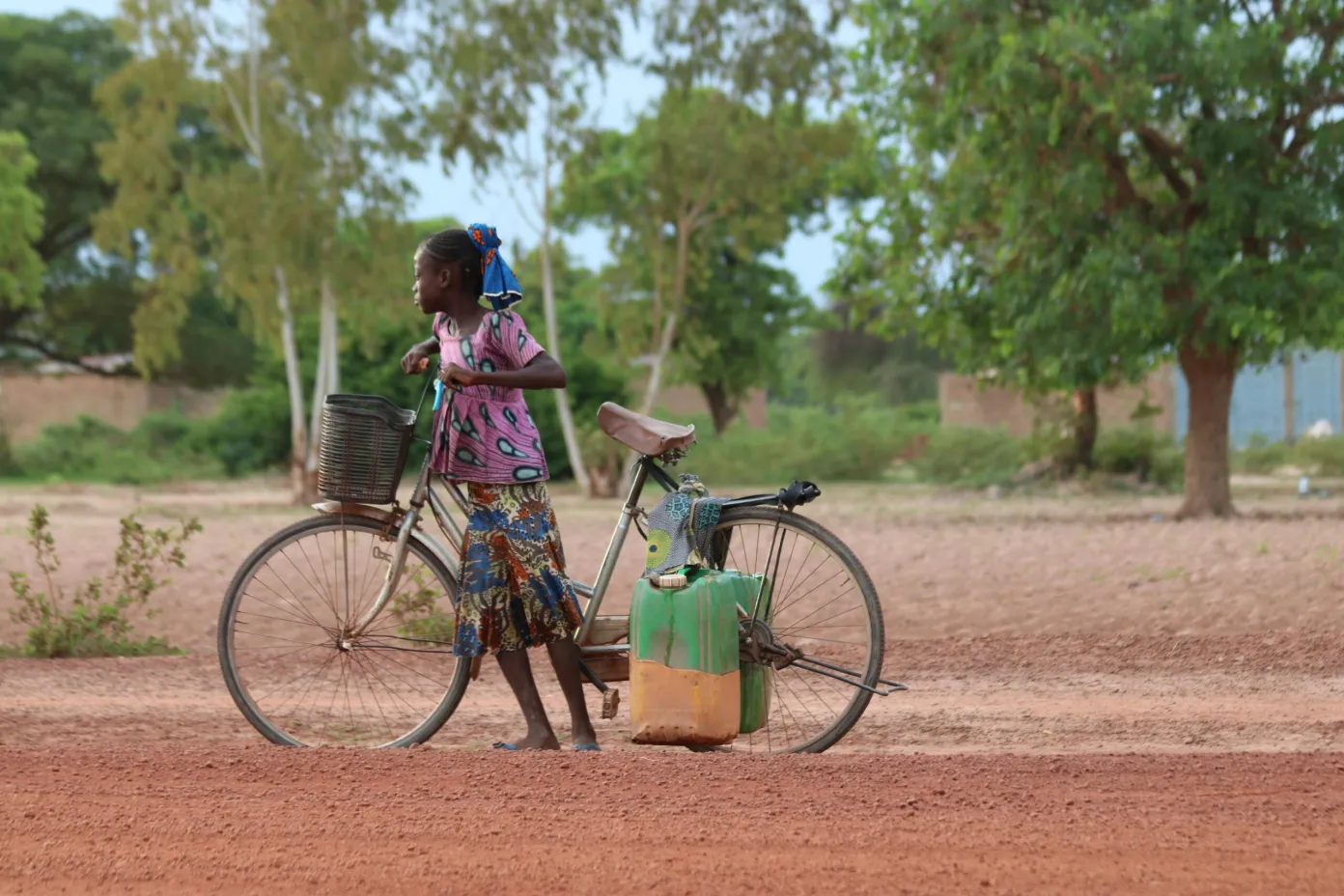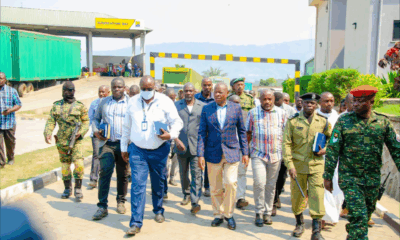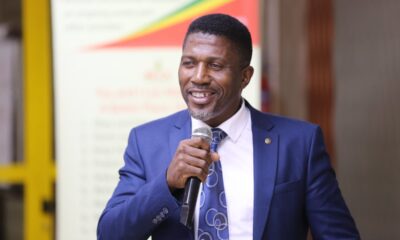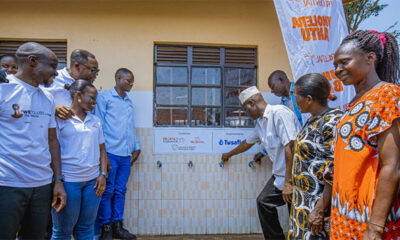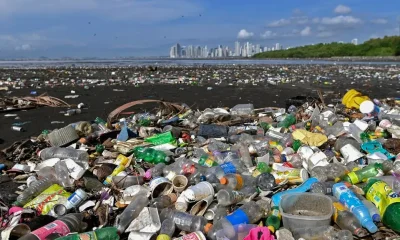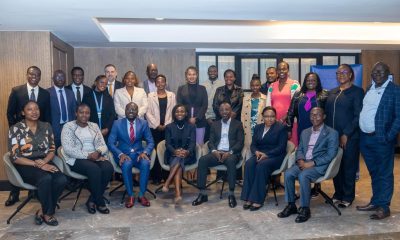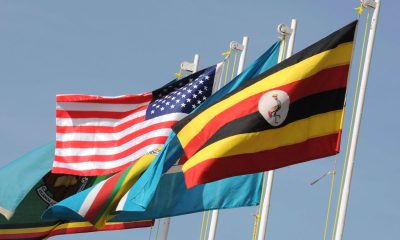Climate Change
UN Report Highlights Youth as Key Agents in Climate-Sensitive Peacebuilding Amidst Global Conflicts
A new United Nations report, launched in May 2025, is spotlighting the crucial and often underestimated role of young people in addressing the intertwined challenges of climate change and conflict. The “2025 Peacebuilding Fund (PBF) Thematic Review on Youth, Peace and Security (YPS)” emphasises that while nearly 700 million young people globally live in fragile and conflict-affected settings, they possess immense potential to drive positive change, particularly in the emerging field of climate, peace, and security.
Commissioned by the Peacebuilding Support Office (PBSO) in partnership with UNFPA, UNICEF, and the Climate Security Mechanism, and led by the UN University’s Centre for Policy Research, the report draws on programmatic best practices and lessons from 41 PBF-funded projects across 33 countries and territories from 2018 to 2022.
A significant portion of the review is dedicated to youth engagement in climate, peace, and security (CPS) and environmental peacebuilding, analysing 12 initiatives across West Africa, the Sahel, and Central America, including Burkina Faso, Mali, and The Gambia. The report underscores the particular vulnerabilities young people face due to climate change, but also highlights the unique opportunities that their engagement in climate adaptation and mitigation can create for peacebuilding.
Despite these opportunities, the report notes that programming at the intersection of youth and climate change remains a “new and emerging area.” An initial review of 153 PBF-supported projects found only a handful with direct linkages to both youth and climate change.
However, momentum is building. The review presented compelling examples from the ground. In Côte d’Ivoire and Mali, youth involved in artisanal mining, a sector often at the nexus of environmental degradation and conflict, became central to environmental peacebuilding projects.
During community dialogues, youth representatives actively raised the issue of climate change and its impacts, demonstrating a remarkable level of awareness. In contrast, older community members often attributed declining crop yields, lack of pastureland, and conflicts to “the will of the gods.” An implementing partner observed, “Youth had a level of sophistication and awareness of the environmental impact of climate change that was surprising.”
Another notable instance occurred in a project in the Lake Chad basin, where youth spontaneously proposed and took a keen interest in a major reforestation initiative, even though the project was not initially climate-related.
The Gambia offered the most direct exploration of mutual benefits between climate adaptation and peacebuilding. A project brought together 12 communities experiencing tensions over land and natural resources. Through activities like trust-building, alternative resource identification, joint cleanups, and reforestation initiatives, the goal was to reduce the impact of climate change and social conflict by fostering community collaboration in adaptation practices and raising awareness of climate change’s peace and security implications. Participants described the initiative as “transformative,” and an evaluation confirmed it led to increased government and community awareness and cooperation.
The review’s findings demonstrate that programming in climate, peace, security, and environmental peacebuilding can significantly enhance youth inclusion. It also highlights the critical importance of socio-economic and livelihood strategies that directly address community needs. Such programming can strengthen conflict prevention efforts and ensure local climate adaptation work is more conflict-sensitive.
The report strongly recommends greater piloting of youth-centred natural resource management programming, specifically focusing on young people’s role in climate adaptation, as well as in other environmental and natural resource-related conflict prevention initiatives.
Comments



